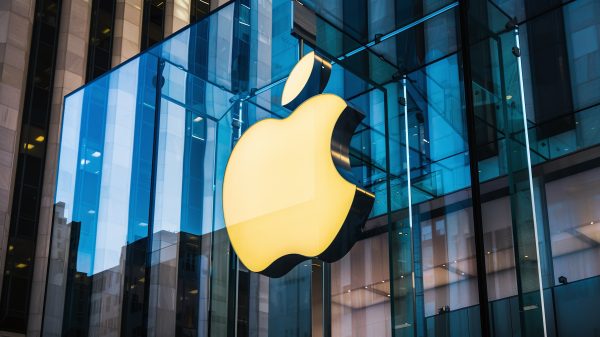In a series of decisions that have set the tone for Asian economic policy, the People’s Bank of China (PBOC) has consistently opted for caution, keeping its benchmark interest rates unchanged in recent meetings. The one-year and five-year Loan Prime Rates (LPR)—key benchmarks for corporate loans and mortgages, respectively—have remained steady.
While markets largely anticipated these moves, the central bank’s deliberate inaction signals the delicate balancing act facing the world’s second-largest economy. This pause reflects a careful attempt to stabilize fragile growth without exacerbating financial risks or pressure on the yuan.
The logic behind the pause
To understand the PBOC’s strategy, one must consider China’s complex economic landscape. The country continues to grapple with a post-pandemic confidence crisis. Chief among the challenges is the deep-seated real estate sector crisis. Once the engine of growth, this sector now poses systemic risks that have eroded household wealth and consumer confidence.
While selective rate cuts have supported the market in the past, a broad, aggressive rate cut now could backfire. Analysts warn that it may fail to stimulate home purchases if confidence remains low, while further compressing commercial bank margins.
Meanwhile, the PBOC is fighting to maintain yuan stability. In a global environment where the U.S. Federal Reserve keeps rates elevated, a Chinese rate cut could widen the yield gap, triggering capital outflows toward dollar-denominated assets and causing disorderly yuan depreciation. A weak currency not only imports inflation and destabilizes domestic markets but also projects an image of economic weakness. Maintaining interest rates, therefore, serves as a defensive anchor for the currency, even at the cost of short-term stimulus.
Calm on the surface, tension beneath
Financial markets have responded with apparent indifference. Key stock indices and the yuan exchange rate have barely moved following the announcements. This calm is largely due to the PBOC’s clear communication, which allowed analysts to “price in” inaction. Yet this surface calm masks underlying tension and persistent investor uncertainty about the next economic catalyst. Attention is shifting from monetary policy to fiscal policy, with markets awaiting more direct government measures to boost domestic demand and private investment, which remains the weakest link in the recovery.
Divergent monetary paths
China’s caution highlights the growing divergence between Eastern and Western economic trajectories. While the U.S. and Europe have fought runaway inflation with rate hikes, China faces deflationary pressures, sectoral overcapacity, and weak domestic demand. This asynchronous cycle is reshaping capital flows and global trade patterns.
China’s measured approach contrasts sharply with Western aggressiveness. For emerging markets and commodity exporters, a slower-growing China means lower demand. For multinational companies, sluggish Chinese consumption remains a headwind. The PBOC’s strategy reinforces the notion that the world can no longer rely on China as the ultimate buyer or growth engine it once was.
The PBOC’s hidden options
Though future rate cuts are not entirely off the table, analysts agree that the PBOC will act selectively. Reports from Bloomberg and the Financial Times suggest that the central bank may prefer other tools, most notably reducing the Reserve Requirement Ratio (RRR). Lowering the RRR injects liquidity into the banking system, encouraging lending without directly pressuring bank margins or the yuan.
Ultimately, monetary policy alone has reached its limits in addressing China’s structural issues. The core problem is not cheap credit, but a deep-seated lack of confidence among consumers and businesses. Restoring optimism will require structural reforms and targeted fiscal stimulus, focused on household income rather than continued infrastructure spending.
China’s new economic paradigm
The repeated decision to maintain interest rates encapsulates China’s evolving economic model. The era of growth at any cost, fueled by debt and construction, appears to be over. Beijing is now navigating a complex rebalancing act, prioritizing financial stability, national security, and higher-quality growth over headline figures. The world—and global markets—must adapt to a more introspective, cautious, and sophisticated China.
Sources:
- Reuters: China leaves benchmark lending rates unchanged, as expected
- Bloomberg: China’s Rate Hold Signals Easing Looms as Property Woes Deepen
- Financial Times: China’s central bank boosts support for economy with lending rate cut
- Wall Street Journal: China’s Central Bank Leaves Key Policy Rates Unchanged
- Caixin Global: PBOC Keeps Policy Rate on Hold as Yuan Pressure, Narrowing Margins Limit Easing Room



























